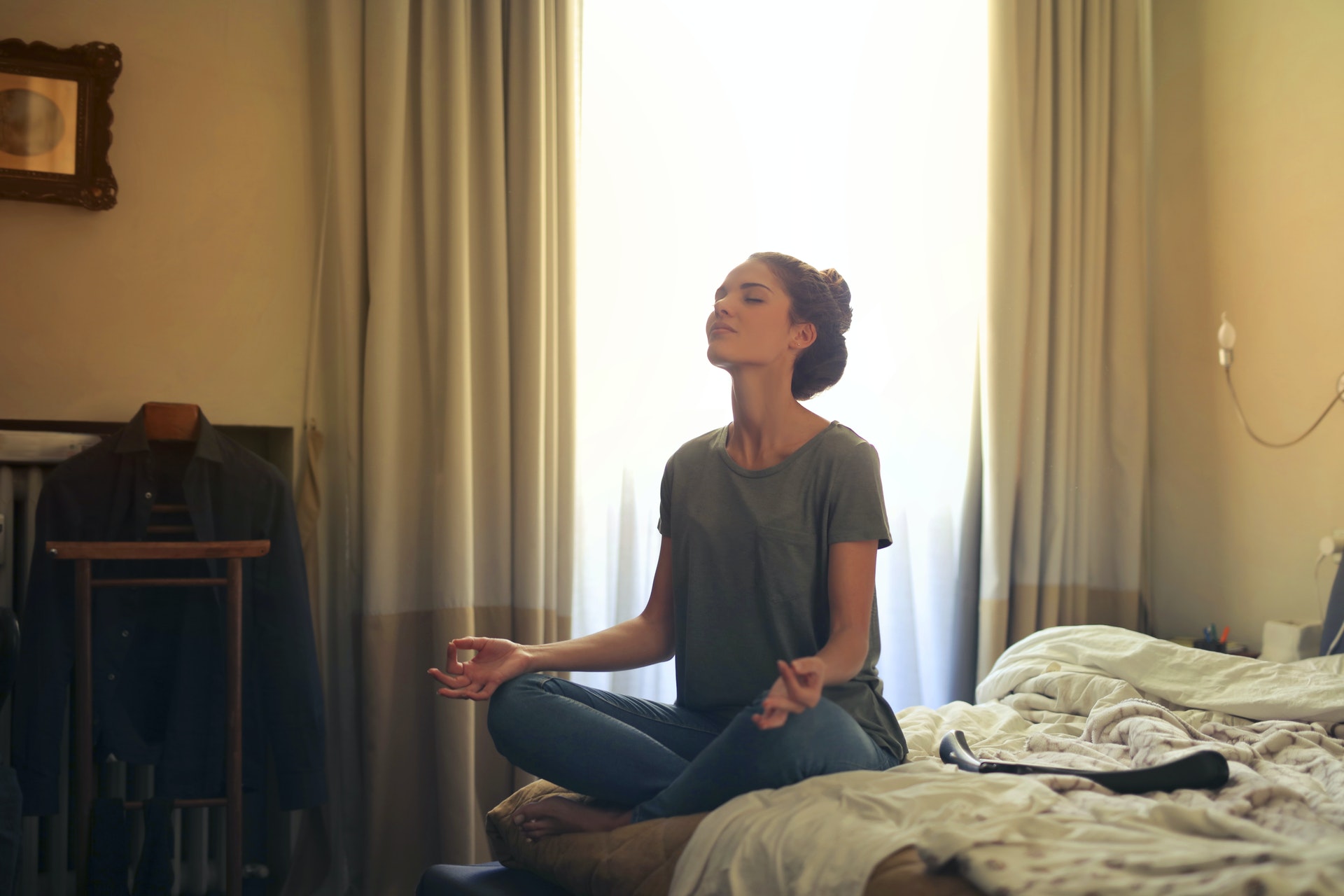
Are you a professional?
Work in an office? (at-home office counts also)
Quickly answer this question - How many hours do you sit in a day at work?
Would you believe that most professionals have to sit for more than 7 hours a day at work? Yes, in our 8-10 hour professional days, we spend a lot of time sitting. After a few years, many professionals start to feel the pain. They complain of musculoskeletal upper-body discomfort due to prolonged sitting - some just push through the pain, but that’s not good either.
Did you know that prolonged sitting has been associated with an increased risk of cardiovascular diseases, obesity, type-2 diabetes and even cancer? If it gets bad enough, this common scenario among desk job workers sometimes leads to an increase in absenteeism and a decreased in productivity. Research shows that workers who are experiencing back and shoulder pain are trying to relieve the discomfort by taking frequent breaks including going to the bathroom, getting a drink, stretching, going to the printer, and getting some food. Although the intention is good, most of this frequent breaks can disrupt workflow and cause a decline in work focus.
Walking is often recommended as a way of releasing back and shoulder pain as well as a corrective measure to sitting all day. Another way is to stand at regular intervals such as the ideal ratio in working, the 20/20/20 rule. The worker is advised to stand every 20 minutes, move and walk for 20 seconds and rest the eyes by looking at a distance of 20 feet.
THE RISE OF STANDING DESK
With the alarming risk that prolonged sitting can negatively affect a worker's well-being, a lot of scientists recommended the inclusion of a standing desk as one of the options in creating a healthy working environment. Researchers including Dr. John Buckley from the University of Chester conducted a study in 2013 and found that people who use standing desks burned at least 50 calories more per hour than their sedentary counterparts. If you stand for three hours a day for five days that's around 750 calories burnt. In a year that is equivalent to about 30,000 extra calories, or an estimated 8lb of fat.
Prolonged standing can also lead to foot and back pain, so it is best to invest in a comfortable anti-fatigue comfort floor mat released by Anthrodesk. Make sure you stand up straight (and no hunching of that back!), with your weight distributed evenly through both feet and your feet hip-distance apart. We recommend not locking of your knees, nor shifting of the weight onto one hip for any extended period of time. The keyboard must be at elbow height (or slightly below) and the monitor at face level.
STANDING DESK INCREASES PRODUCTIVITY
A study on reducing occupational sitting time and improving workers’ health was published in Centers for Disease Control and Prevention. It tested the effectiveness of sit-stand devices in reducing sitting time and improving worker health. The Take-a-Stand Project showed a promising result. There was a 224% decreased of time spent in sitting which is equivalent to one hour of non-sitting time. The use of the standing desk also lessened the upper back and neck pain and improved mood states.
The study also showed that providing a standing desk design to fit the workstation of the respondents increased energy level by 87%. Two out of three people reported feeling much better, 66% felt more productive, 71% felt more focused, 87% felt more comfortable and 75% felt healthier.
Standing desk is just one of the many solutions to break the many negative effects of too much sitting. Make a stand and build a pattern of movement variety in workplace starting with standing desks. Sit and stand using a standing desk converter for the best work posture.





